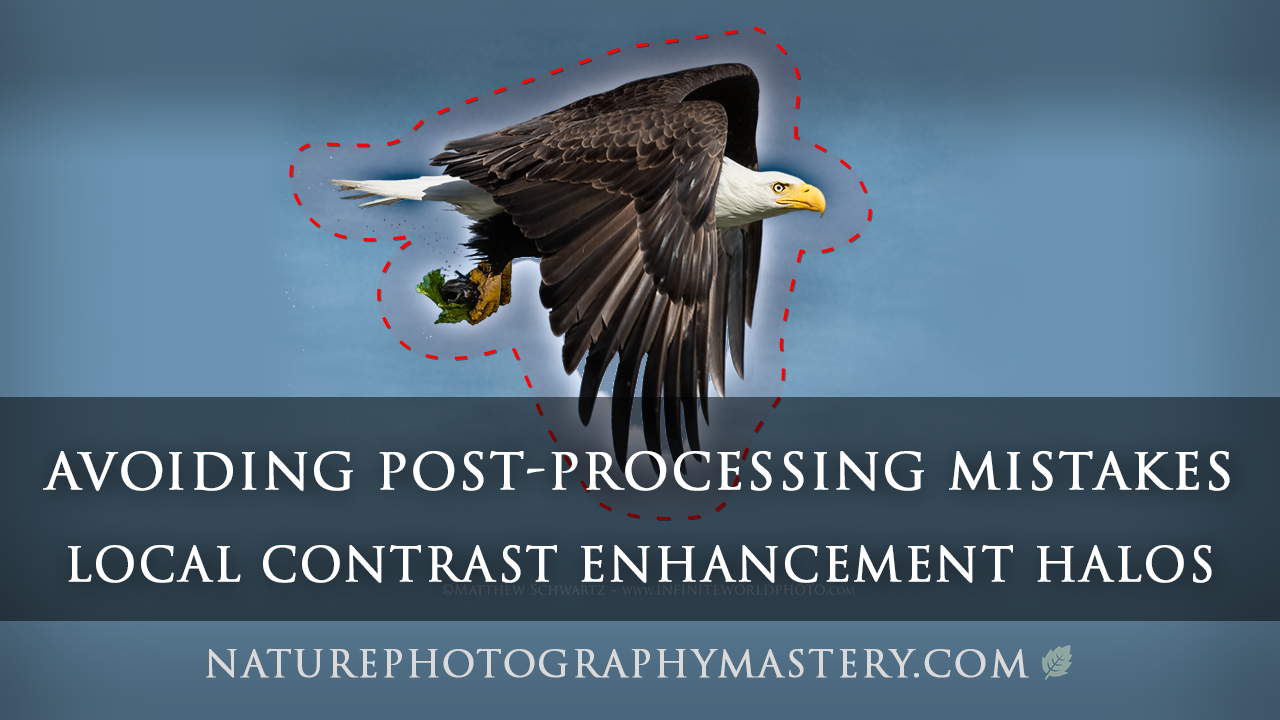Today I want to share with you a really simple and quick tip. At first glance it may seem insignificant, but I believe that if you’re serious about fine art nature and wildlife photography, and you use this tip, you’re going to see how powerful it can be.
Here’s the tip:
Why is this useful?
The main benefit of this technique is that it’s immediately apparent, at a quick glance, which battery or memory card to swap into your camera, so you never have to spend time figuring it out and then miss shots, especially when you’re doing wildlife photography.
If you doubt the importance of saving a split-second, consider that, in wildlife photography, a split-second can be the difference between a shot like this.
EPIC:

and a shot like this
LAME:

An additional benefit is that, later when you get home, you can know which batteries need to be charged, and which memory cards need to be imported to the computer.
Thanks to reader Dave T. for pointing out another benefit of using the rubber band technique: if you are shooting in low light situations, you can quickly ‘feel’ which card or battery is fresh.
What are the alternatives?
One alternative that Canon recommends for their batteries is to store the plastic cover so that the blue label shows through the little tiny battery cut out, if the battery is fresh, otherwise you store it the opposite way, so the gray shows through the battery cut out.
There are many problems with this:
- It’s not nearly as fast and easy to see at a glance as it should be when you’re in a hurry.
- If the battery cover accidentally comes off, then you don’t know if it’s fresh or if it’s used.
- You need to have the specific models of Canon batteries that have that type of case.
- It’s obviously not any help if you’re using a different brand of camera, or a different type of battery (for example, AA’s, AAA’s, or something like that).
- It’s not going to give you any indication of which memory cards you’ve used or haven’t used.
That’s why I think that this rubber band technique is the most flexible, most efficient, best way that I have found for tracking memory cards and batteries that have been used, versus depleted, and I think you’ll find it to be very useful as well.
How to use the Rubber Band Technique
- Keep some rubber bands easily accessible at home.
- After you charge your camera batteries, put rubber bands around each one.
- After you’ve imported photos from your memory card, and are sure that everything is imported properly, and is backed up, then you can format the memory card, put it in its case, and put a rubber band around it.
- When you’re in the field, you can keep an extra battery in your pocket, and all the rest of them in your camera bag.
- When you need a new fresh battery or memory card, you just take a look, grab the one with the rubber band, and that’s it.
- Make sure when you take off the rubber band that you don’t drop it on the ground.
A few more thoughts
First, don’t forget that in fine art nature photography, every little thing matters, and small techniques and small details make a big difference.
Also, to constantly improve in small ways over time can create dramatic improvement in the long run.



